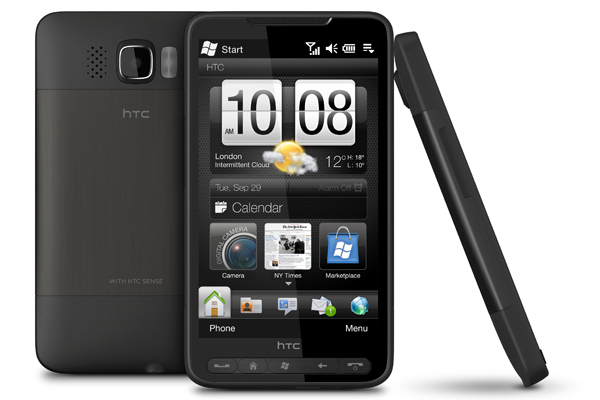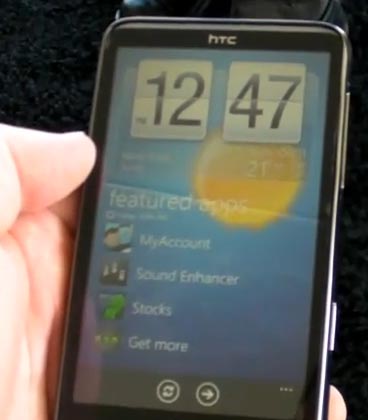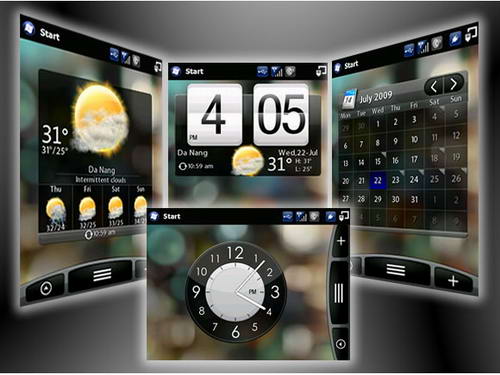HTC’s Sense UI has been covering the stock Android OS on HTC’s smartphones for a long time now, and it’s always been a ‘love it or hate it’ affair.
Microsoft, when designing Windows Phone 7, decided to be quite a bit more strict than Google when it comes to UI design. Microsoft’s guidelines for smartphone OEMs don’t currently allow them the same freedom as they have with Android. As a result, the user experience across numerous WP7 smartphones from different OEMs is very consistent (this is the exact opposite of Android-based smartphones).
That could be changing according to comments by HTC’s Drew Bamford, who is in charge of HTC’s User Experience division. “Our expectation is that we will be able to do more over time,” Bamford explained in an interview with Forbes. “HTC’s goal is for the Sense experience to span all of our products.”
Bamford’s comments are understandable. With many new smartphones sharing the same hardware specs, screens, and prices, features within Sense can help allow one product to standout out versus another. However, Sense flies in the face of what Microsoft is trying to achieve with WP7, which Bamford acknowledges. “Microsoft has its own goal of consistency across Windows Phone 7 products. I think it comes down to working closely with Microsoft to do as much as we can.”
Because of software coatings like Sense, Samsung’s TouchWiz and Motoblur, the ‘stock’ Android experience has been limited to very few phones on the market and it’s become a novelty. For example, the fact that Samsung’s Nexus S runs a vanilla version of Android 2.3 is a major selling point. One would think that the extra software coat would be the novelty, rather than the plain version of a device’s original software. In the world of tech, nothing seems to make sense (pun intended.)
Via: Daily Tech













